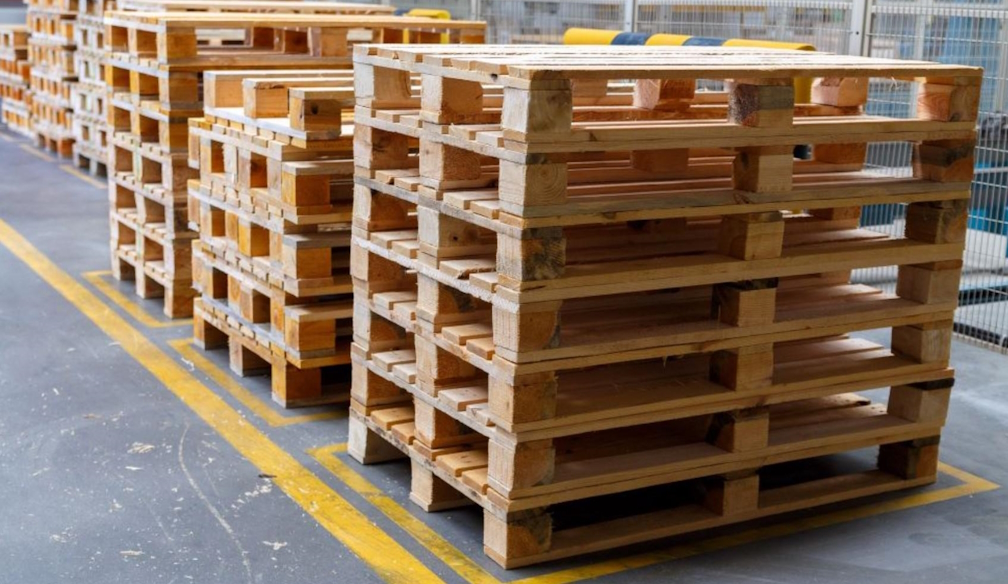Why Roshar Trailers in Melbourne Is the Go-to Provider for High-quality Trailers
- Written by Daily Bulletin

Whether you're in need of a car carrier for transporting vehicles or a tipper haulier for moving bulk materials, trailers offer immense convenience and versatility. They provide not only extra storage capacity but also enhance comfort and safety when transporting goods, equipment, or vehicles. This makes trailers an ideal add-on for sedans, SUVs, and other vehicles, especially for individuals or businesses involved in moving large or heavy loads.
However, choosing the right trailer requires careful consideration, and partnering with a reliable company is essential. Opting for a well-established trailer provider ensures that you receive a durable, high-quality product that meets safety standards and fits your specific needs. A reputable company will also offer post-purchase support, including warranties, maintenance services, and expert guidance, helping you avoid unfavourable situations like purchasing a substandard trailer or facing unexpected breakdowns. Making an informed decision by selecting a trustworthy supplier ensures peace of mind and long-term satisfaction with your trailer purchase.
Roshar Trailers is a leading manufacturer of high-quality, durable trailers in Melbourne. Visit its website at https://roshartrailers.com.au or head over to any of its store locations for the best deals.
Why Should You Choose Roshar Trailers?
There are many retailers and online sites in Australia that sell a wide variety of carriers. However, Roshar Trailers stands out from the lot for several reasons.
Here's why it is one of the top trailer providers in Melbourne:
It's a Certified Company.
Roshar Trailers is a certified company with two locations. It's not out there to scam customers and leave them financially dry. Interested buyers can visit its outlets to place an order or speak to a professional to learn more about the manufacturer.
It Has the Expertise.
With over a decade of experience in the industry, Roshar Trailers and its professionals have the skills, expertise, and resources to manufacture custom-made trailers according to the specific requirements of buyers. Its ability to meet their needs makes it one of the top trailer providers in Melbourne.
It Adheres to the Regulations.
When manufacturing trailers, there are specific regulations that manufacturers must follow.
All of the products at Roshar Trailers adhere to the Australian Design Regulations (ADR). The company prioritises customers' safety at all times.
It Offers a Great Warranty.
Whether it's a flatbed haulier or a luggage carrier, all of the products manufactured by Roshar Trailers come with a comprehensive 18-month warranty for the structure and parts. This provides customers with peace of mind when purchasing such specialised equipment.
It Sells Durable Trailers.
What makes Roshar Trailers one of the top trailer providers in Melbourne is its ability to manufacture high-quality, durable carriers. The manufacturer applies rust-resistant coatings with proper welding techniques, ensuring the longevity and safety of its products.
For further assurance and due diligence, interested buyers should check out the testimonials left behind by previous customers before placing an order.
It Provides a Wide Range of Services.
Roshar Trailers is not just a leading manufacturer of durable carriers, but it also provides other services, including repairs and maintenance and the sale of individual components. It is a one-stop solution for all trailer needs.
It Has Fantastic Customer Service.
While selling quality products is essential, providing fantastic customer service is equally important. The professionals at Roshar Trailers have a deep understanding of carriers and can help interested buyers choose the best one for their needs.
In addition to that, they can also walk them through the different features to add or modifications to consider for their trailer.
Interested Buyers Should Request a Quote from One of the Top Trailer Providers in Melbourne!
Interested buyers should definitely request a quote from one of the top trailer providers in Melbourne, like Roshar Trailers, to ensure they’re getting the best value for their money. Whether you're in need of a sturdy, durable trailer for outdoor adventures or a reliable car carrier designed for safely transporting vehicles, Roshar Trailers offers a fantastic selection to meet your needs. Their diverse range of products includes everything from utility trailers to specialised car carriers and flat-top trailers. Each trailer is built with high-quality materials to ensure long-lasting performance and safety. By reaching out for a quote, buyers can get personalized recommendations and pricing based on their specific requirements, making it easier to find the perfect trailer at a competitive price.







